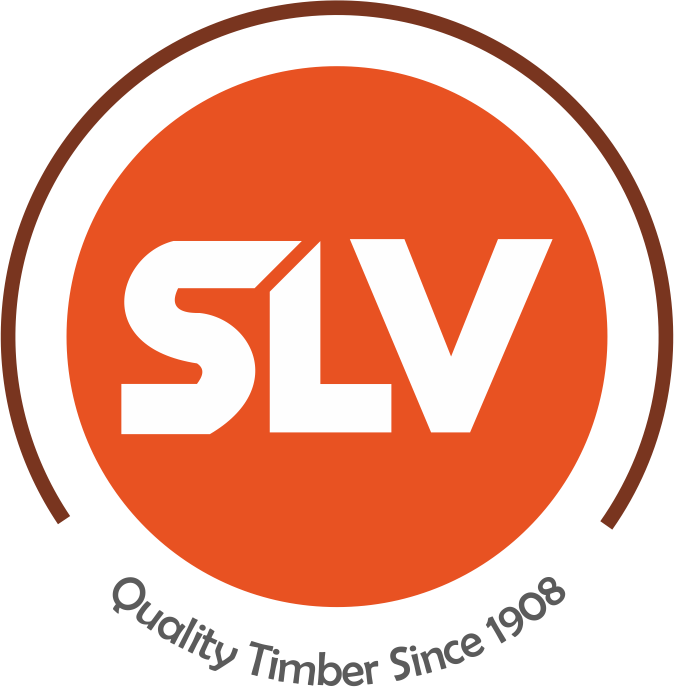VACCUM DRYING OF WOOD
Wood Drying is the process of reducing the moisture of the wood before its use. Wood needs to be dried in order to use it for commercial purposes; be it in construction or even using it as firewood, moisture content makes usage of wood difficult.
There are a number of reasons why wood has to go through the process of drying
- The dried timer is lighter and therefore transportation is easy.
- Dry wood has good machining, gluing and good working properties rather than wet wood.
- The electrical and thermal insulation properties of wood are improved by drying.
- Wood drying is important to avoid decay of wood or any fungus growth, which might spoil the wood and makes it difficult to use.
- Drying process also increases the strength of the wood.
COMMON DRYING METHODS
Commonly used drying methods
The economically feasible, industry-adopted systems especially differ in the degree of environmental control they provide.
Air drying: Wood is kept in a shed or covered by a roof and left for natural air drying. They are only protected from rainfall.
Forced Drying: Forced drying is a process of drying wood with the help of fans in addition to natural air circulation. Wood is again protected from rainfall by keeping it in a shed. This process is time-consuming.
LOW TEMPERATURE DRYING: In this method, wood is dried under controlled temperature conditions. Wood is kept in a building where the temperature is set as high as 130oF or usually between 80oF to 110o and control humidity through the help of vents. Circulation of wind is achieved through fans. There are 3 types of low-temperature drying
- Solar heater or solar dryer: Less expensive method but weather dependant
- Dehumidifier dryer: very expensive yet very good control system
- Steam heated dryer: Not very expensive but the control system is not good.
Kiln drying
Kiln drying is a process where heat is introduced and heating conditions are controlled in Kiln order to dry the wood. Such a process of drying wood is faster and advantageous where weather conditions do not help in achieving the best drying results. The main elements in Kiln drying are:
- Kiln: The kiln chamber is built of bricks or hollow cement concrete slabs. A few modern kilns are made up of sheet metal or aluminum where the construction walls are sandwiched with thermal insulation.
- Heating methodology: the Heating process is achieved through steam heat exchangers and pipes of various sizes. In few cases, electricity and gases are also used for heating.
- Humidity control: Humidity can be controlled in a kiln with help of introducing steam into the kiln through steam spray pipe. In order to limit the control of humidity, a proper ventilation system is built. There is ventilation system in all kinds of kiln’
- Air circulation: Air circulation is achieved through means of fans or blowers which may be installed inside and outside the kiln. Air circulation is important to carry heat and moisture away from the load.
Conventional kiln drying:
Under this method, wood is dried in an installed structure wherein temperature is about 200oF and humidity is controlled with the help of vent and steam spray. Air circulation achieved by fans with high velocities.
SPECIALIZED DRYING APPROACHES
DEHUMIDIFIED DRYING: Dehumidification kiln has several advantages. A boiler may be required for warm-up. In this process, the water is condensed on coils of the dehumidifier and removed as water rather than allowing it to be vented to the atmosphere. Dehumidifier runs on electricity. However, in such processes there may be several risks such as the inappropriate size of the compressor can lead to failure of the process, electricity in few regions may be an expensive affair, etc.
SOLAR DRYING: This is a very eco-friendly method of drying wood in a kiln. It gives advantages like abundant energy availability, easy to build and operate and can be operated with direct as well as indirect solar energy. Such kilns can be used for even a small scale operation. There are 2 types of solar drying methods namely direct collection/greenhouse and indirect collection. Under both types, there are 2 different procedures for drying i.e. direct method and solar with the supplementary method.
VACUUM DRYING: Vacuum drying is a process of high-temperature drying achieved through low temperatures. The process of vacuum drying is achieved by lowering the boiling temperature of water to be vaporized and removed at temperatures below 212oF. The difference between vacuum kiln drying to other processes is the procedure in which heat is transferred to the lumber.
